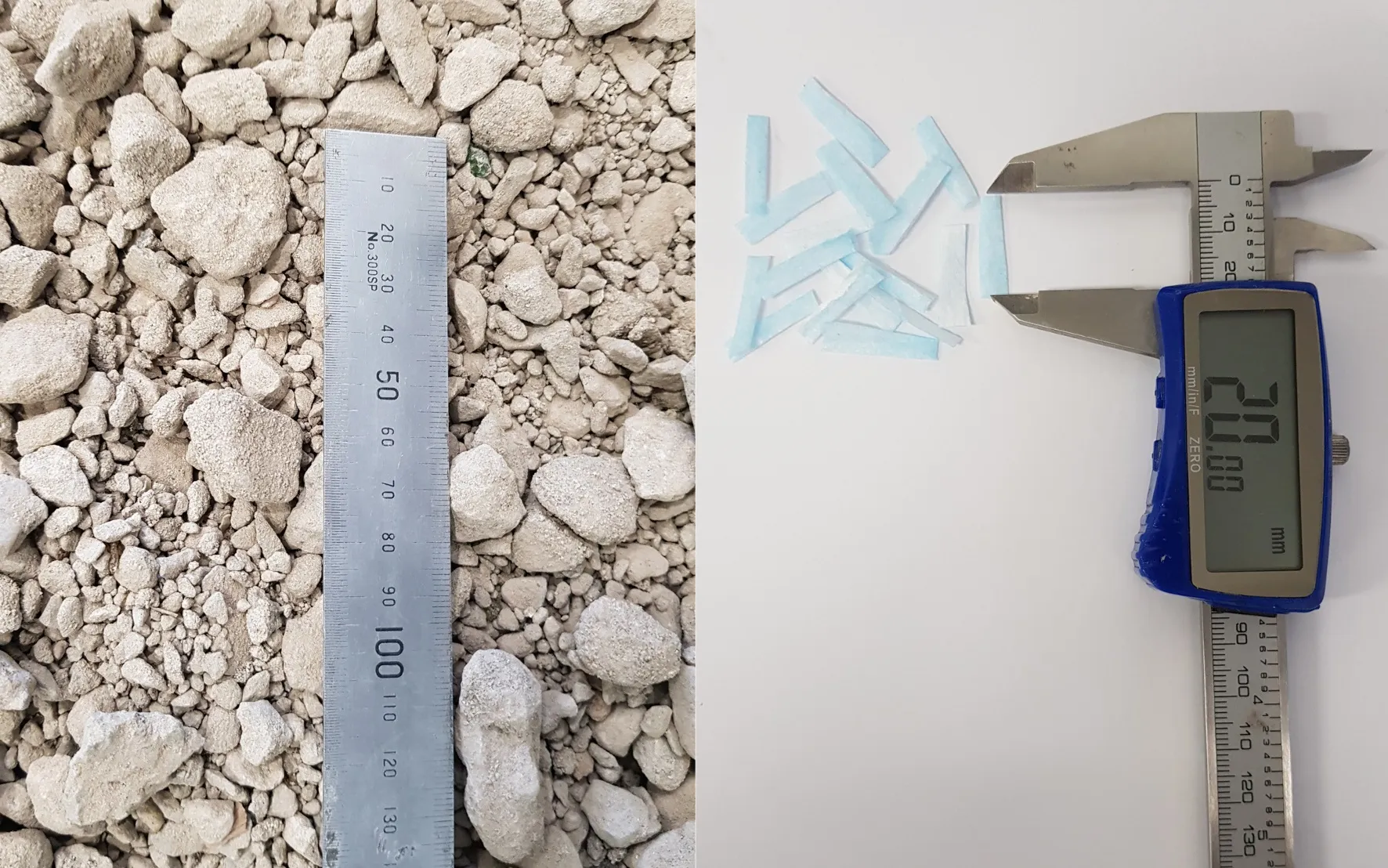China Yuchai International Limited has announced that its main operating subsidiary, Guangxi Yuchai Machinery Company, has introduced China's first prototype diesel engine compliant with Euro VI emission standards. At a press conference hosted by GYMC at its offices in Yulin City, Guangxi Province, the National Passenger Car Quality Supervision and Inspection Centre (Tianjin Automotive Test Centre) released the test results of the YC6L-60 engine which was jointly developed over a four-year period, between G
April 17, 2012
Read time: 2 mins
hina 4971 Yuchai International Limited has announced that its main operating subsidiary, Guangxi Yuchai Machinery Company, has introduced China's first prototype diesel engine compliant with Euro VI emission standards. At a press conference hosted by GYMC at its offices in Yulin City, Guangxi Province, the National Passenger Car Quality Supervision and Inspection Centre (Tianjin Automotive Test Centre) released the test results of the YC6L-60 engine which was jointly developed over a four-year period, between GYMCL and researchers from 4972 Tianjin University's National Key Laboratory of engine combustion. The results indicate that the nitrogen oxide emissions and particulate matter emissions of the YC6L-60 were well below the Euro VI emission requirements.
Since its introduction in the









